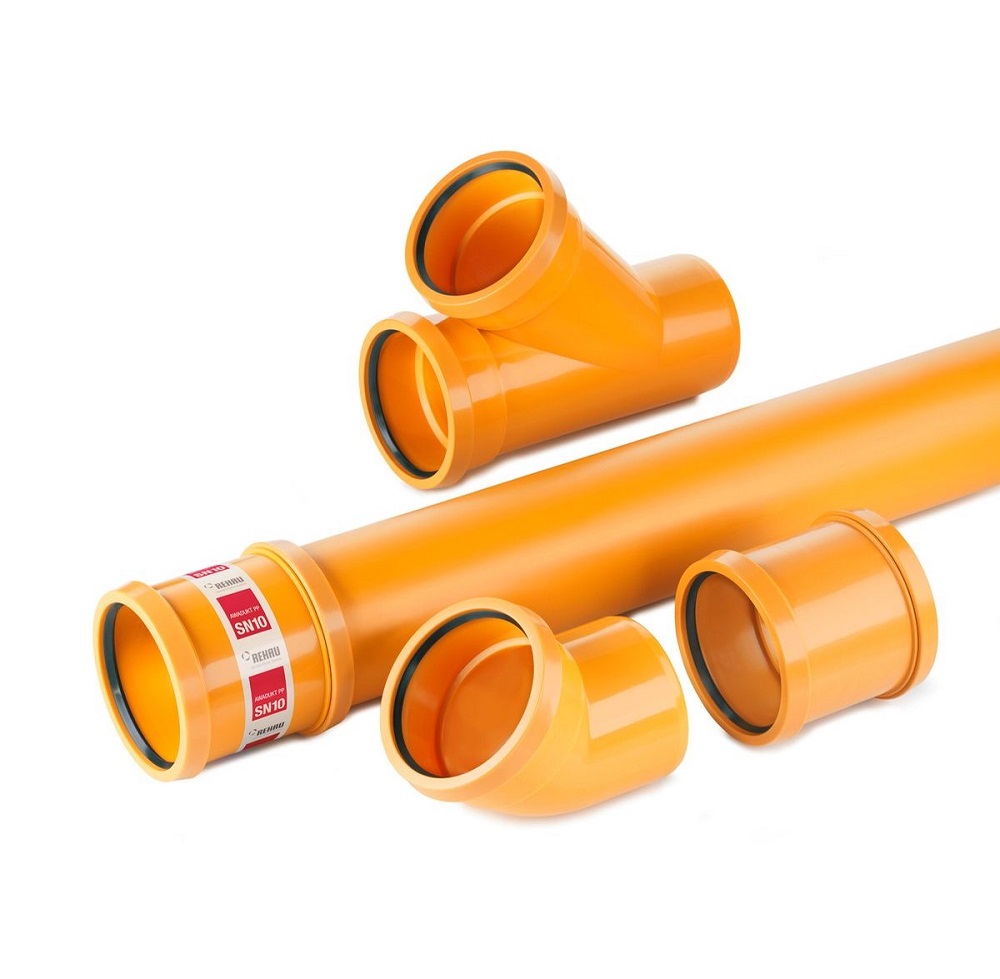Are micro-homes the future?
Building more co-living developments and micro-homes in urban areas top the list of people’s preferred solutions to the housing crisis, according to new research by the Federation of Master Builders (FMB). Building on greenbelt is the least favoured solution.
 The FMB asked 2,000 home owners across the UK if there is a housing shortage and if so, how best to address this shortage.
The FMB asked 2,000 home owners across the UK if there is a housing shortage and if so, how best to address this shortage.
Two-thirds (66%) of the respondents believed that there is a shortage of housing in the UK and when asked for views on the most appropriate solutions to the housing shortage, 33% cited building more co-living developments and 31% cited building more micro-homes in urban areas.
Thirty-one percent suggested building more granny flats; 27% suggested extending permitted development rights and encouraging multi-generational living was advocated by 24%.
Excavating or converting more basements underneath existing properties was the solution for 18%, while just 17% suggested building on the greenbelt.
Commenting on the research, Brian Berry, chief executive of the FMB, said: “Even the vast majority of those who are lucky enough to own their own home recognise that there’s a housing shortage. When asked about solutions to this problem, the most popular remedy was to construct more co-living developments, which are becoming more and more popular in major cities right across the globe.
“Building more micro-homes in urban areas was the second most commonly cited solution to the UK housing crisis. Both of these approaches would increase density in urban areas where demand is particularly high. The creation of more granny flats was the third most popular solution, which would see more elderly people moving out of their properties and living alongside children or grandchildren in self-contained home extensions. This would free up much-needed family homes, which are being under-used by older people living on their own. Perhaps unsurprisingly, home owners, who are clearly already on the property ladder, see building on the greenbelt as the least desirable option.”
Berry concluded: “While these solutions are food for thought, if we want to solve the housing crisis, we need to reduce barriers to small, local building firms. Recent research from the Federation of Master Builders shows that the lack of small sites and difficulties hiring skilled tradespeople are limiting the amount of homes these firms can build.
“Removing barriers to SME house builders matters as in the late 1980s, two-thirds of all new homes were built by small local house builders and this was a time when house building was in step with demand. Currently SME house builders build less than one quarter of all new homes and as this proportion has declined, so too has the capacity of our industry to deliver the homes we need. Reviving the fortunes of SME builders undoubtedly has a key role to play in delivering the government’s target of 300,000 new homes a year in England alone, and is key to solving the housing crisis once and for all.”




















